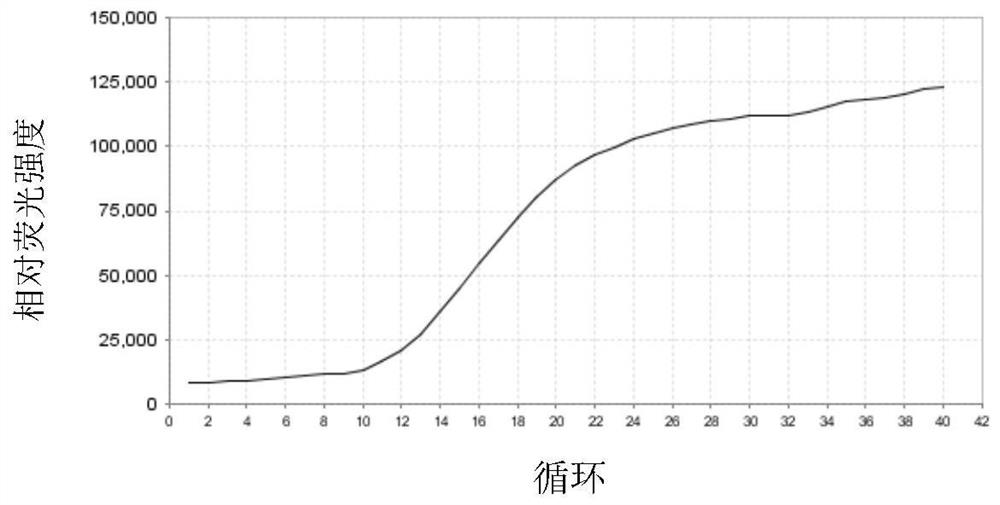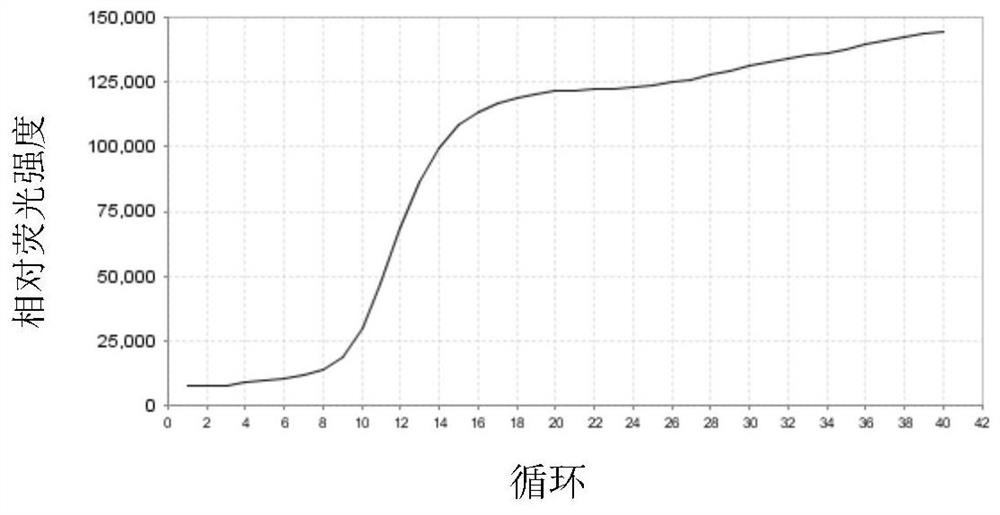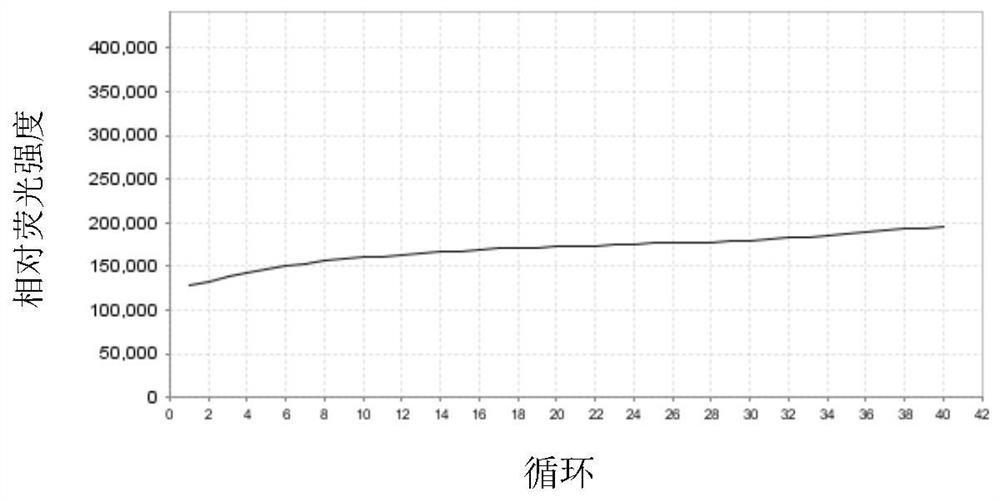Sputum liquefaction method and special liquefaction reagent thereof
A sputum and reagent technology, applied in the field of sputum liquefaction method and special liquefaction reagents, can solve the problems of long time-consuming enzymatic hydrolysis reaction, low liquefaction efficiency, low detection rate of pathogen RNA, etc. The effect of reducing reagent cost and improving liquefaction efficiency
- Summary
- Abstract
- Description
- Claims
- Application Information
AI Technical Summary
Problems solved by technology
Method used
Image
Examples
Embodiment 1
[0047] Embodiment 1: Sputum liquefaction method
[0048] The sputum liquefaction method provided in this embodiment comprises the following steps:
[0049] 1) Prepare 20 sputum samples from patients positive for Mycobacterium tuberculosis (collected from Shanghai Pulmonary Hospital, with signed informed consent), mix them evenly and divide them into two equal parts: sample A and sample B are placed in test tubes respectively middle;
[0050] 2) Add an equal volume of sputum liquefaction reagent (comprising: 5M guanidine hydrochloride, 0.5% sodium dodecyl sulfate (SDS), 0.5% N-acetylcysteine, 0.1% DTT, 20mM Tris -HCl, 0.3mM EDTA) and mix well, such as by shaking or mixing on a sample mixer, then place at 95°C and boil for 10min, take 400μl sample for detection of Mycobacterium tuberculosis nucleic acid (sample to be tested A1); remaining samples Put it into a sonicator for 300W ultrasonication for 15min, and then take a 400μl sample for detection of Mycobacterium tuberculosis...
Embodiment 2
[0053] Embodiment 2: Sputum liquefaction method
[0054] The sputum liquefaction method provided in this embodiment comprises the following steps:
[0055] 1) Prepare 20 parts of sputum samples from patients positive for Mycobacterium tuberculosis (collected from Shanghai Pulmonary Hospital, signed informed consent), after mixing evenly (the viscosity of the sputum sample in this embodiment is higher than that in Example 1 sputum sample) was equally divided into two parts: sample C and sample D were placed in test tubes respectively;
[0056] 2) Add an equal volume of sputum liquefaction reagent (comprising: 3M guanidine hydrochloride, 0.2% sodium dodecyl sulfate (SDS), 1.0% N-acetylcysteine, 0.2% DTT, 20mM Tris -HCl, 0.3mM EDTA) and mix evenly, for example, by shaking or mixing on a sample mixer, then boil at 95°C for 10min, take 400μl sample for detection of Mycobacterium tuberculosis nucleic acid (test sample C1); remaining samples Put into ultrasonic breaker 300W ultraso...
Embodiment 3
[0059] Embodiment 3: Sputum liquefaction method
[0060] The sputum liquefaction method provided in this embodiment comprises the following steps:
[0061] 1) Prepare 20 sputum samples from patients positive for Mycobacterium tuberculosis (collected from Shanghai Pulmonary Hospital, with signed informed consent), mix them evenly and divide them into three parts: sample E, sample F and Sample G, respectively placed in test tubes;
[0062] 2) Add an equal volume of sputum liquefaction reagent 1 (comprising: 4M guanidine hydrochloride, 0.3% sodium dodecyl sulfate (SDS), 0.5% N-acetylcysteine, 0.1% DTT, 20mM Tris-HCl, 0.3mM EDTA) were mixed evenly, and the sample after mixing was divided into two parts (E1 and E2) on average, wherein the E1 sample was boiled at 95°C for 25min, and 400μl sample was taken for the detection of Mycobacterium tuberculosis nucleic acid (to be Test sample E11); E2 sample is placed in an ultrasonic breaker at 95 ° C for 25 minutes, and at the same time ...
PUM
 Login to View More
Login to View More Abstract
Description
Claims
Application Information
 Login to View More
Login to View More - R&D Engineer
- R&D Manager
- IP Professional
- Industry Leading Data Capabilities
- Powerful AI technology
- Patent DNA Extraction
Browse by: Latest US Patents, China's latest patents, Technical Efficacy Thesaurus, Application Domain, Technology Topic, Popular Technical Reports.
© 2024 PatSnap. All rights reserved.Legal|Privacy policy|Modern Slavery Act Transparency Statement|Sitemap|About US| Contact US: help@patsnap.com










